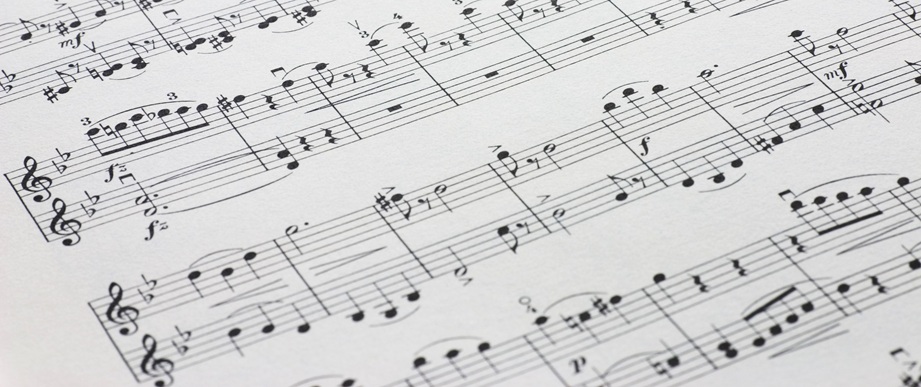
The Case for Learning to Read Music: Unlocking the Power of Musical Literacy
In the realm of music education, a perennial debate revolves around the merits of learning to read music notation versus playing by ear. While playing by ear certainly has its merits, mastering the skill of reading music offers a multitude of benefits that enriches one’s musical journey in profound ways. Here’s why aspiring musicians should consider delving into the world of musical literacy:
- Universal Language: Music notation serves as a universal language that transcends cultural and linguistic barriers. Learning to read music allows musicians to communicate musical ideas and interpretations accurately, regardless of their native tongue. Whether performing with fellow musicians from different backgrounds or interpreting compositions from various genres, fluency in music notation fosters seamless collaboration and understanding.
- Comprehensive Understanding: Reading music provides a comprehensive understanding of musical structure, rhythm, and harmony. By deciphering the symbols and markings on the page, musicians gain insight into the composer’s intentions, enabling them to interpret and express the music with depth and authenticity. Moreover, understanding musical notation facilitates the study of music theory, laying a solid foundation for musical analysis and composition.
- Versatility and Adaptability: Musicians who can read music possess a valuable skill set that allows them to adapt to a wide range of musical situations and genres. Whether performing classical symphonies, jazz standards, or contemporary pop songs, the ability to read notation empowers musicians to tackle diverse repertoire with confidence and precision. Moreover, reading music facilitates sight-reading, enabling musicians to learn new pieces quickly and efficiently.
- Access to a Wealth of Repertoire: Music notation opens the door to a vast reservoir of musical repertoire spanning centuries of history and encompassing a myriad of genres and styles. From classical masterpieces by Bach and Beethoven to jazz standards by Duke Ellington and contemporary hits by Taylor Swift, the ability to read music grants access to a rich tapestry of musical expression. Moreover, studying musical notation allows musicians to explore lesser-known works and expand their musical horizons.
- Enhancing Musical Memory and Cognitive Skills: Reading music engages cognitive processes such as memory, attention, and problem-solving, fostering mental acuity and cognitive flexibility. As musicians decode complex rhythmic patterns, harmonic progressions, and melodic structures, they strengthen their auditory memory and analytical skills. Moreover, the act of reading music stimulates neural pathways in the brain, promoting cognitive development and enhancing overall cognitive function.
- Preserving Musical Heritage: Music notation serves as a vital tool for preserving and disseminating musical heritage across generations. By learning to read and interpret historical manuscripts and scores, musicians can access the wealth of musical knowledge accumulated over centuries of human creativity. Moreover, studying music notation allows musicians to engage with the works of past masters and contribute to the preservation and interpretation of cultural treasures.
In conclusion, while playing by ear undoubtedly has its merits, learning to read music offers a multitude of benefits that enriches one’s musical journey in profound ways. From fostering universal communication and comprehensive understanding to enhancing versatility and cognitive skills, musical literacy empowers musicians to unlock the full potential of their musical expression. By embracing the art of reading music, aspiring musicians can embark on a lifelong journey of discovery, creativity, and musical excellence.

